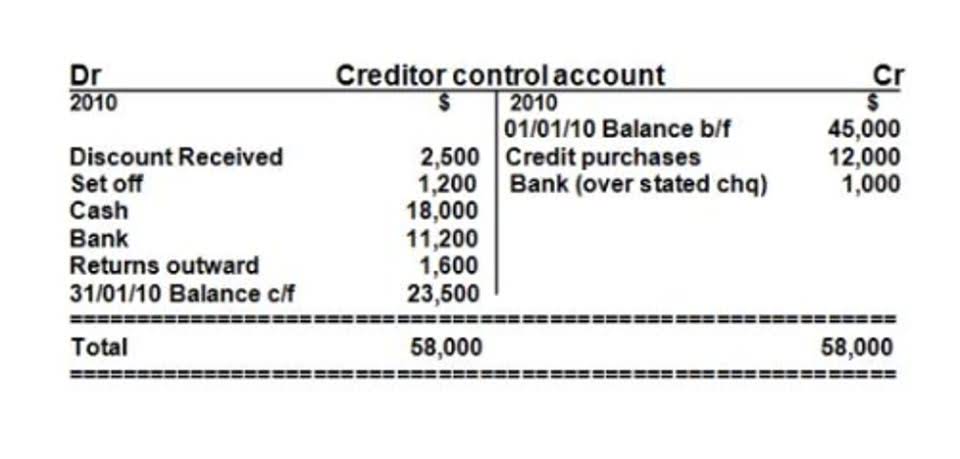
The calculation of the contribution margin ratio is a three-step process. The best contribution margin is 100%, so the closer the contribution margin is to 100%, the better. The higher the number, the better a company is at covering its overhead costs with money on hand. Variable costs tend to represent expenses such as materials, shipping, and marketing, Companies can reduce these costs by identifying alternatives, such as using cheaper materials or alternative shipping providers. The profitability of our company likely benefited from the increased contribution margin per product, as the contribution margin per dollar increased from $0.60 to $0.68. Next, the CM ratio can be calculated by dividing the amount from the prior step by the price per unit.

How Important is Contribution Margin in Business?
Variable costs, such as materials and labor, fluctuate with production or sales volume. For instance, negotiating better supplier terms or improving operational efficiencies can lower costs without compromising quality. Businesses must analyze cost structures to identify savings opportunities while maintaining competitive pricing. Accurate reporting of these costs ensures compliance with accounting standards like GAAP or IFRS.

Role in Break-Even Analysis
- The profitability of our company likely benefited from the increased contribution margin per product, as the contribution margin per dollar increased from $0.60 to $0.68.
- They also use this to forecast the profits of the budgeted production numbers after the prices have been set.
- The contribution margin ratio is a valuable tool for developing pricing strategies.
- Upgrading to a paid membership gives you access to our extensive collection of plug-and-play Templates designed to power your performance—as well as CFI’s full course catalog and accredited Certification Programs.
- The contribution margin is computed as the selling price per unit, minus the variable cost per unit.
- The selling price per unit is $100, incurring variable manufacturing costs of $30 and variable selling/administrative expenses of $10.
The contribution margin represents the revenue that a company gains by selling each additional unit of a product or good. This is one of several metrics that companies and investors use to make data-driven decisions about their business. As with other figures, it is important to consider contribution margins in relation to other metrics rather than in isolation. If the contribution margin for an ink pen is higher than that of a ball pen, the former will be given production preference owing to its higher profitability potential. Such decision-making is common to companies that manufacture a diversified portfolio of products, and management must allocate available resources in the most efficient manner to products with bookkeeping the highest profit potential.

Contribution Margin Ratio Formula
The greater the contribution margin (CM) of each product, the more profitable the company is going to be, with more cash available to meet other expenses — all else being equal. The analysis of the contribution margin facilitates a more in-depth, granular understanding of a company’s unit economics (and cost structure). Below is a break down of subject weightings in the FMVA® financial analyst program. As you can see there is a heavy focus on financial modeling, finance, Excel, business valuation, budgeting/forecasting, PowerPoint presentations, contribution margin ratio is equal to accounting and business strategy.

Any remaining revenue left after covering fixed costs is the profit generated. The contribution margin is computed as the selling price per unit, minus the variable cost per unit. Also known as dollar contribution per unit, the measure indicates how a particular product contributes to the overall profit of the company. In an ideal world, the contribution margin will be 100 percent but in the real world, this does not happen. You want to focus on keeping your contribution margin as high as possible because it shows that you have the funds available to take care of the overhead costs and fixed costs. It is difficult to define a particular number that is considered a good contribution margin because it depends on many factors.
Management must be careful and analyze why CM is low before making any decisions about closing an unprofitable department or discontinuing a product, as things could change in the Coffee Shop Accounting near future. The formula to calculate the contribution margin ratio (or CM ratio) is as follows. Fixed costs are often considered sunk costs that once spent cannot be recovered. These cost components should not be considered while making decisions about cost analysis or profitability measures.
